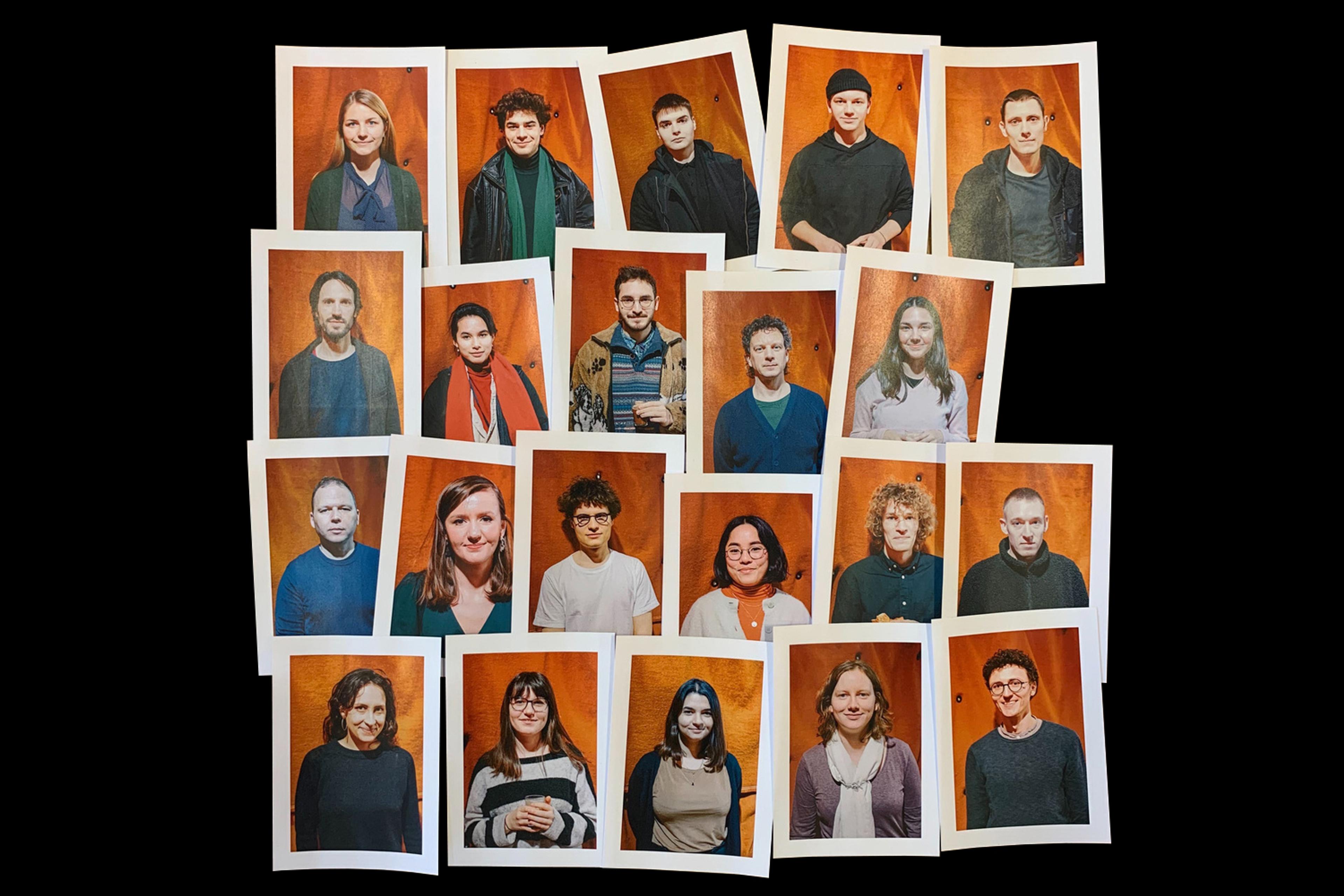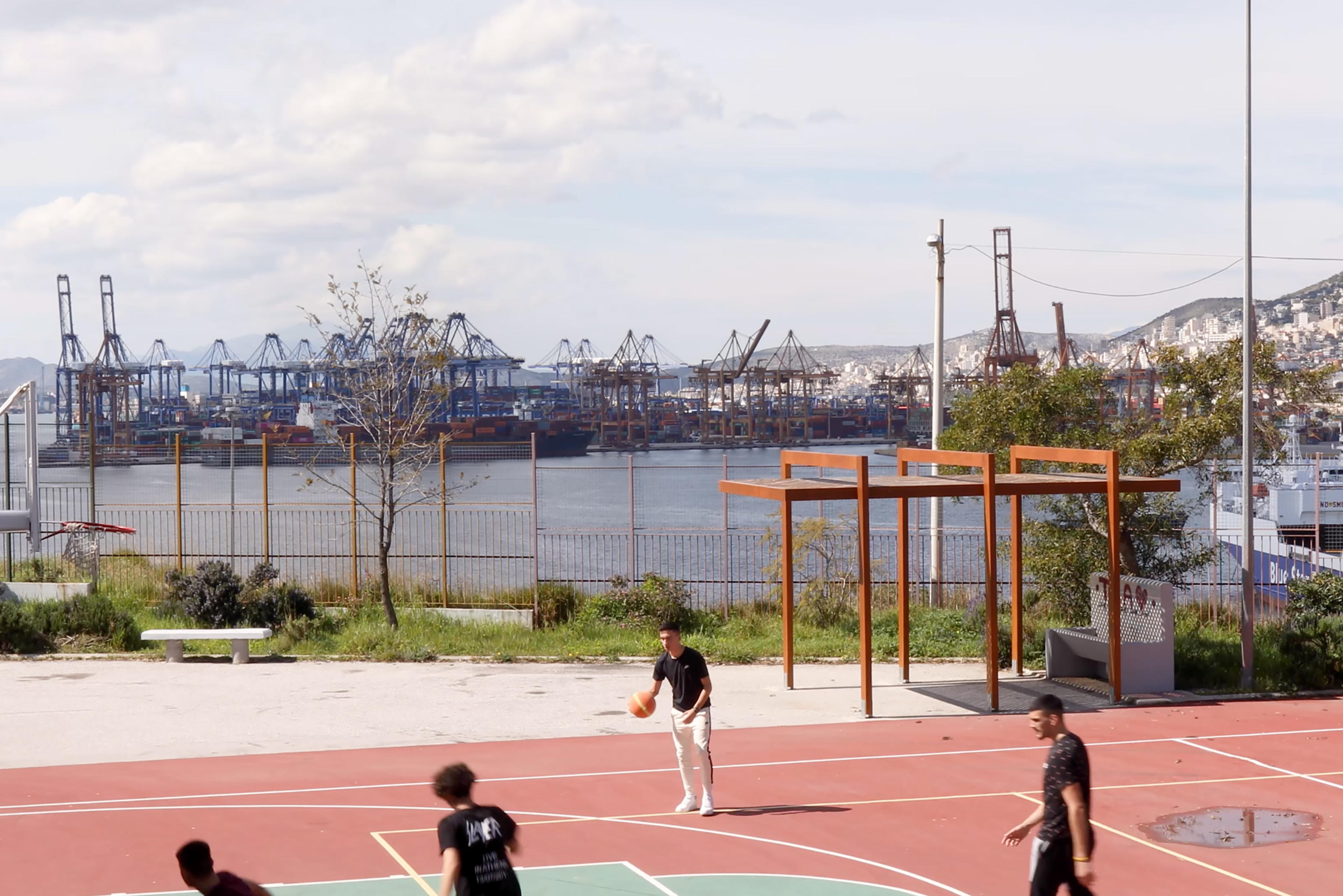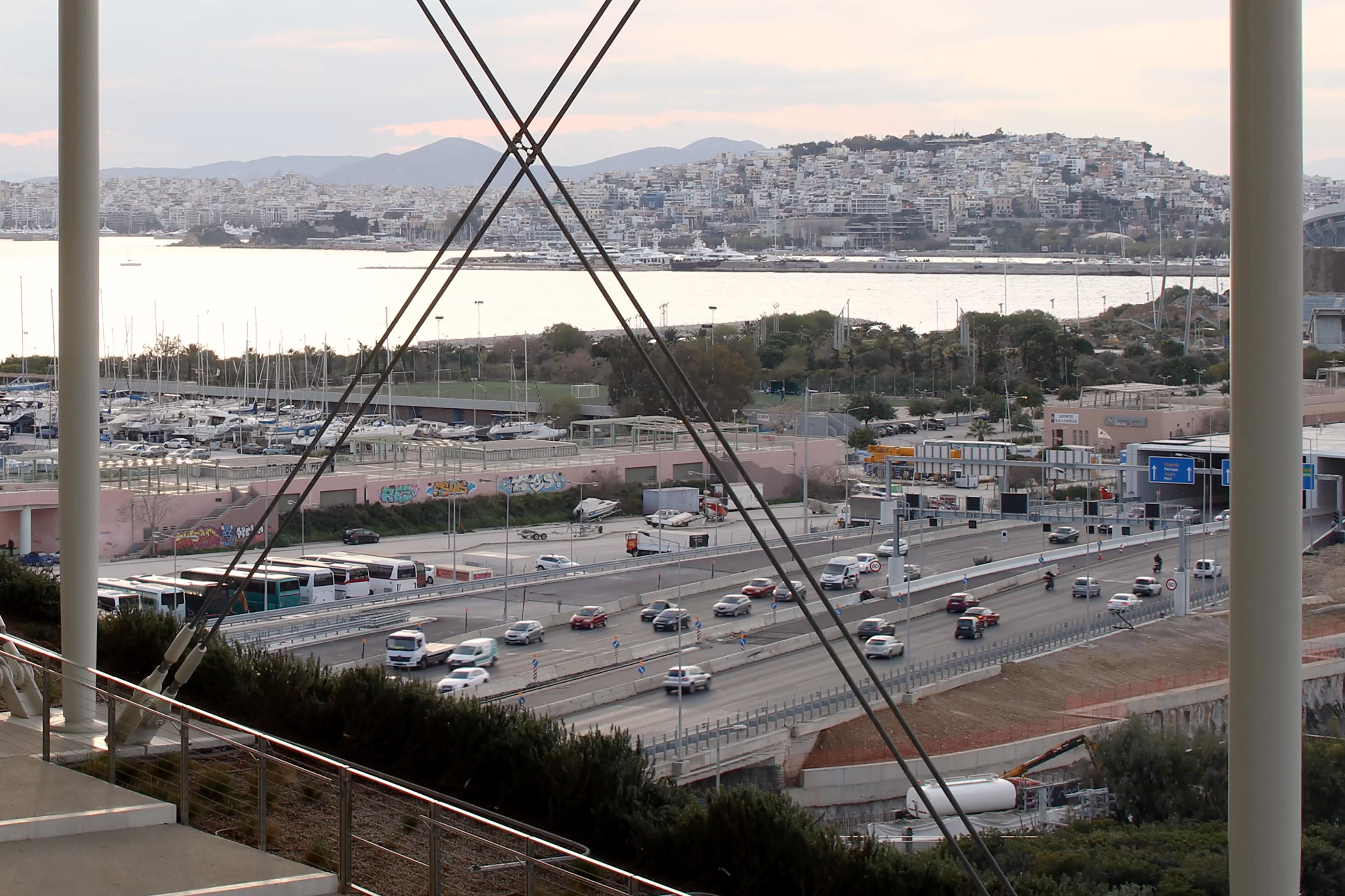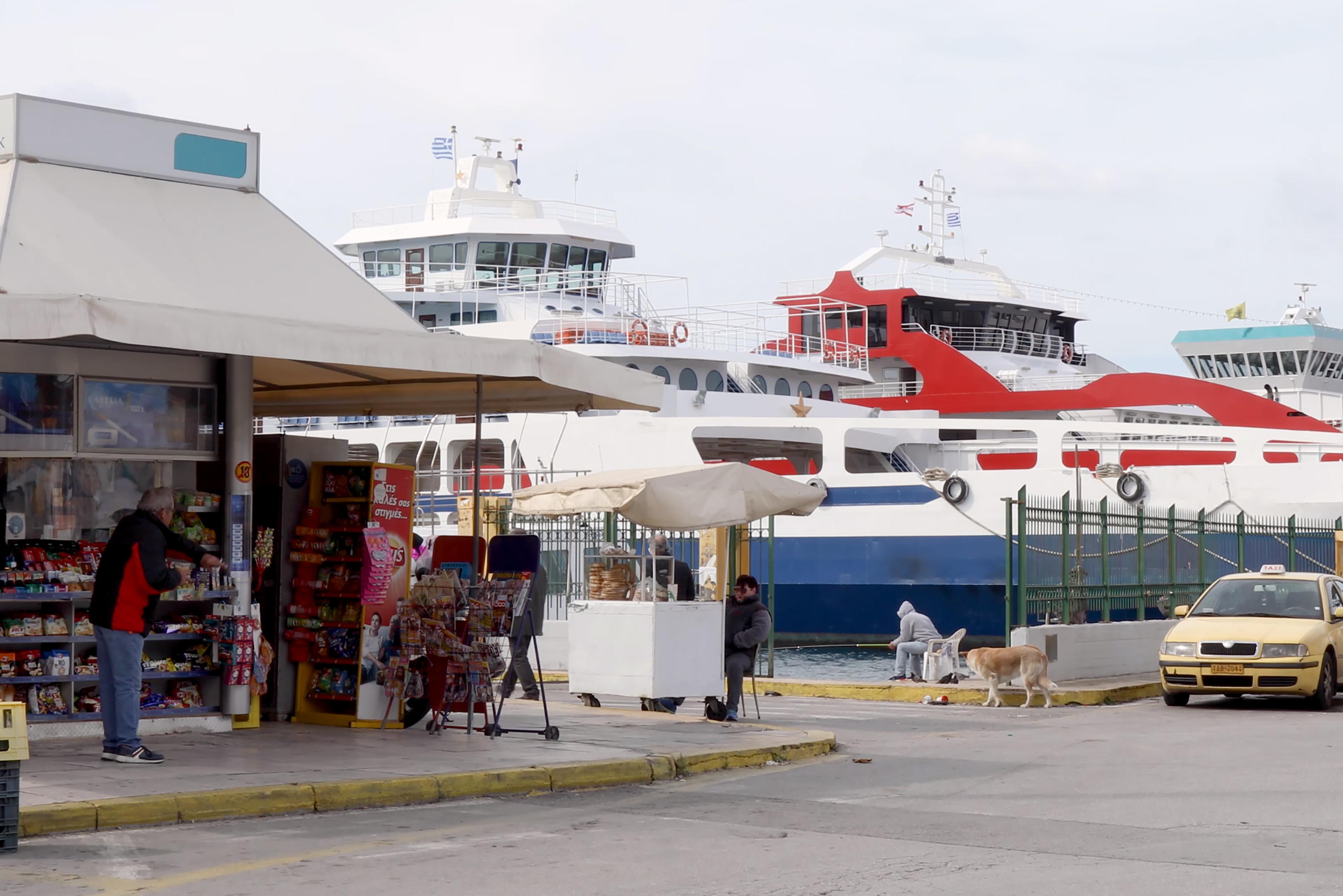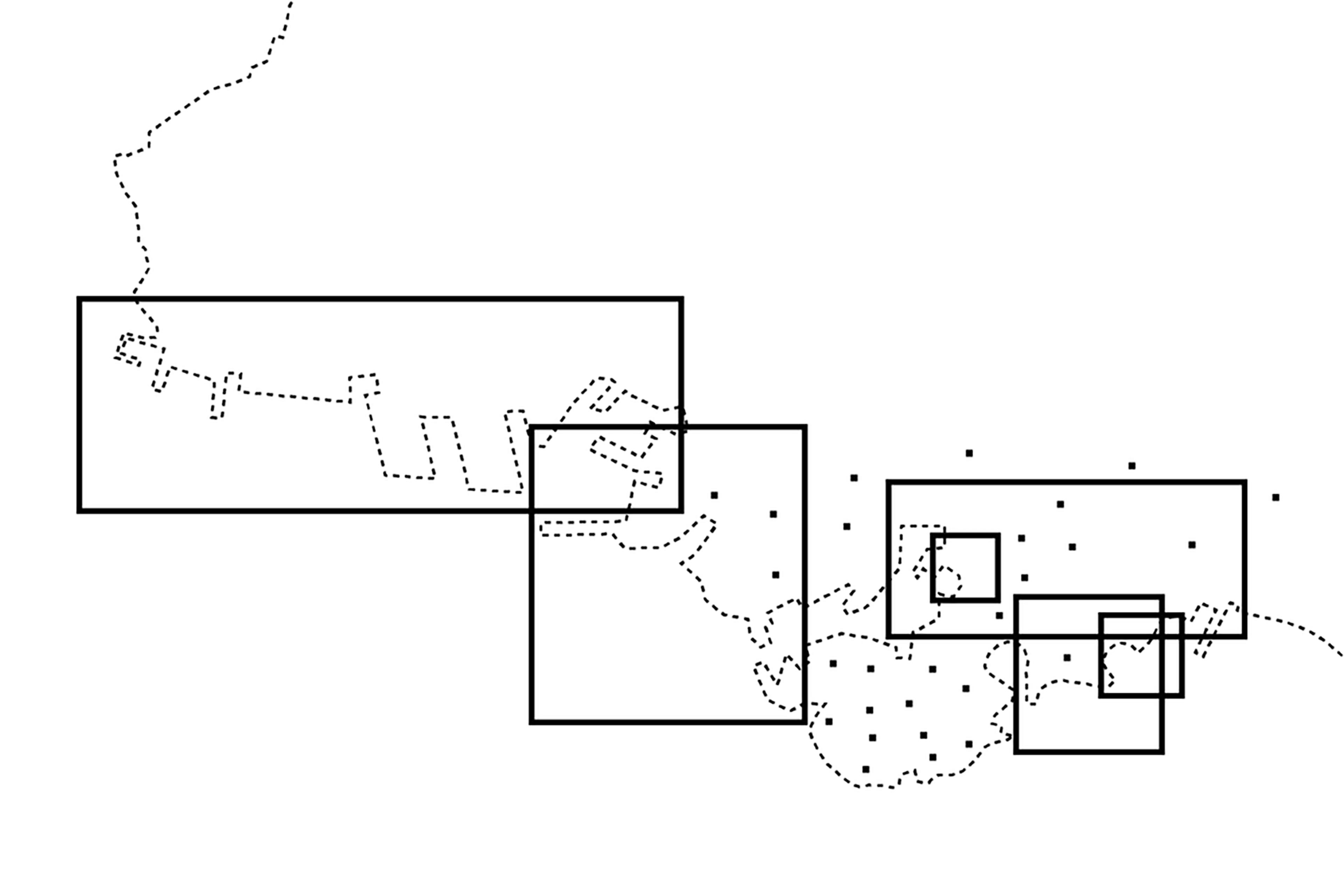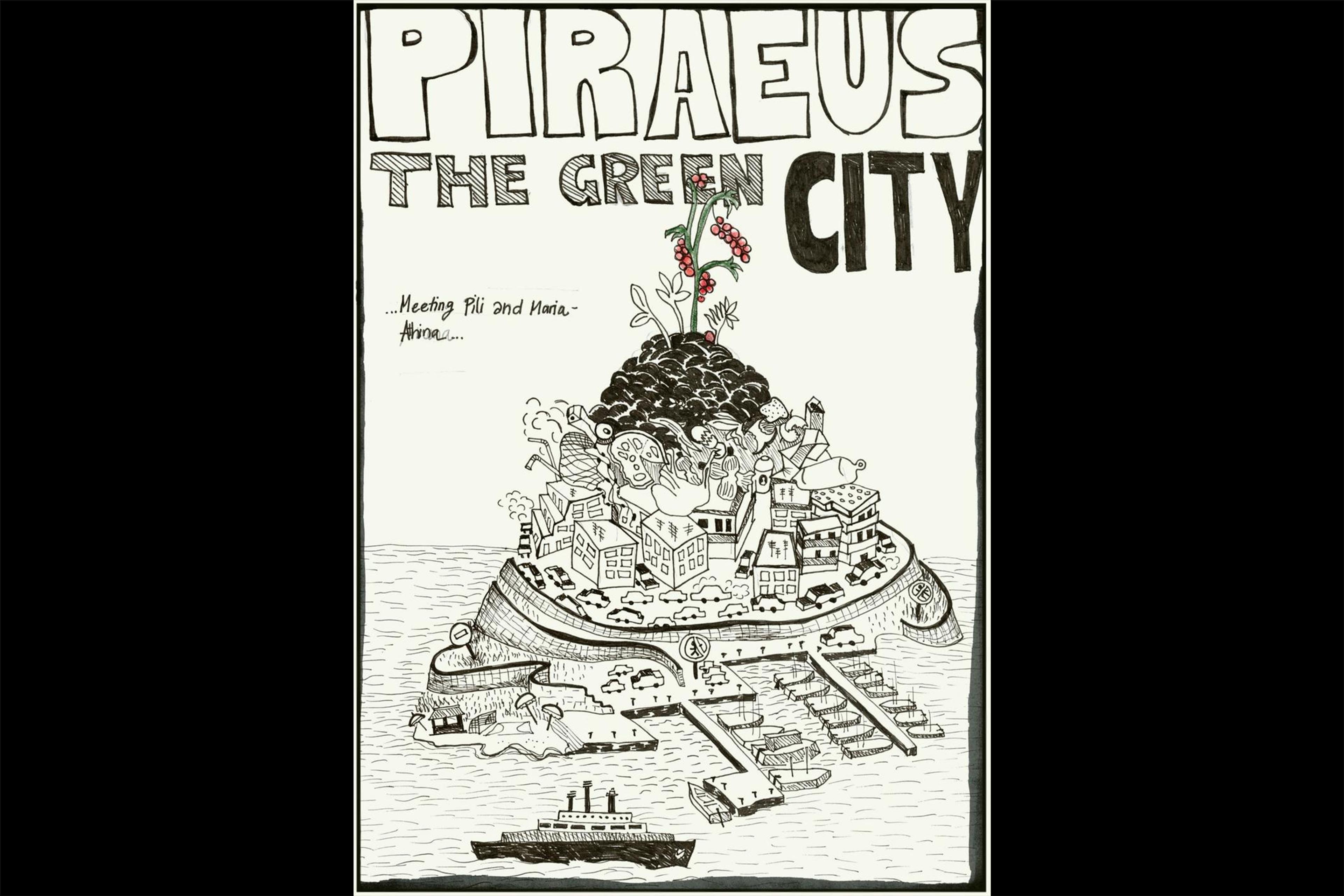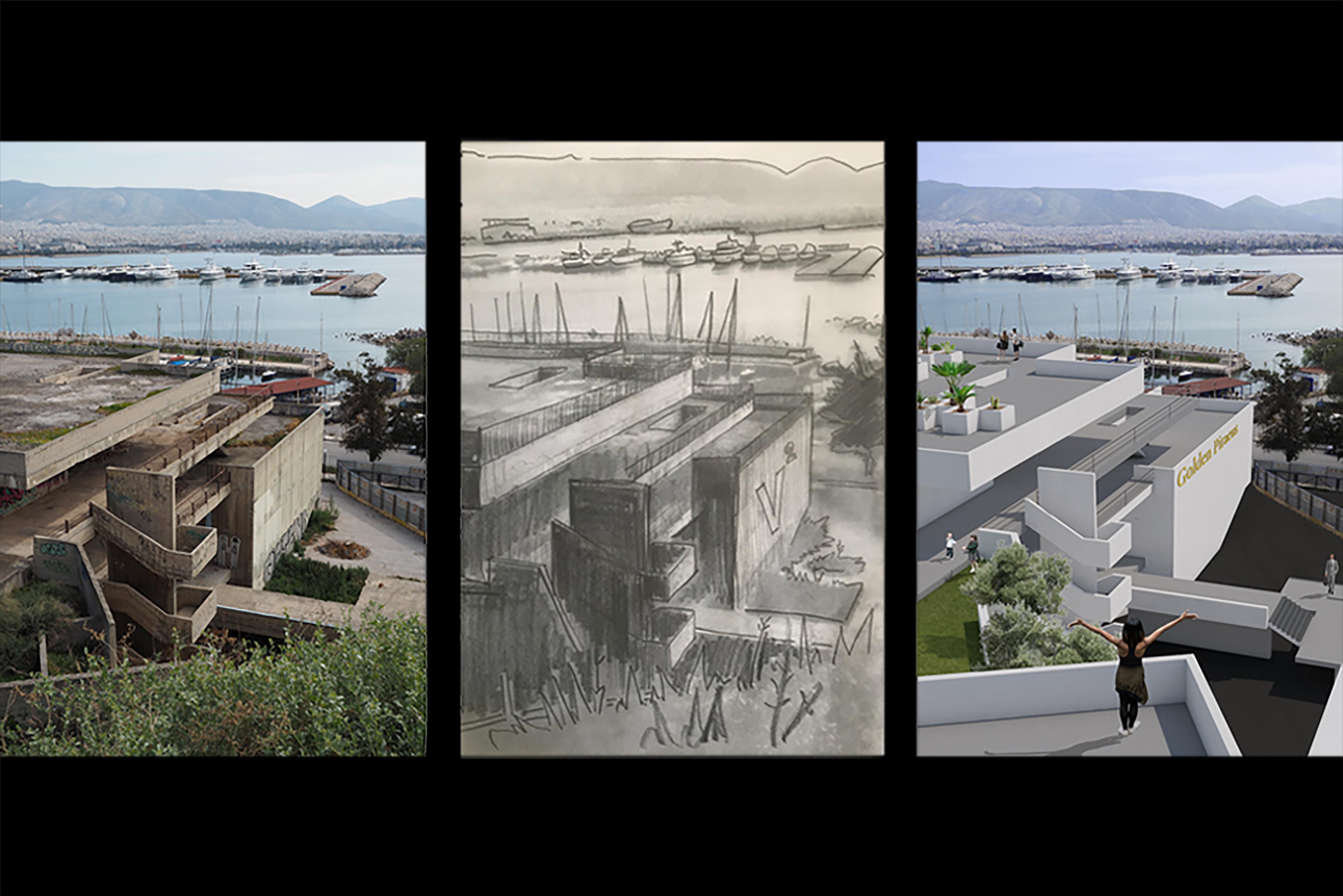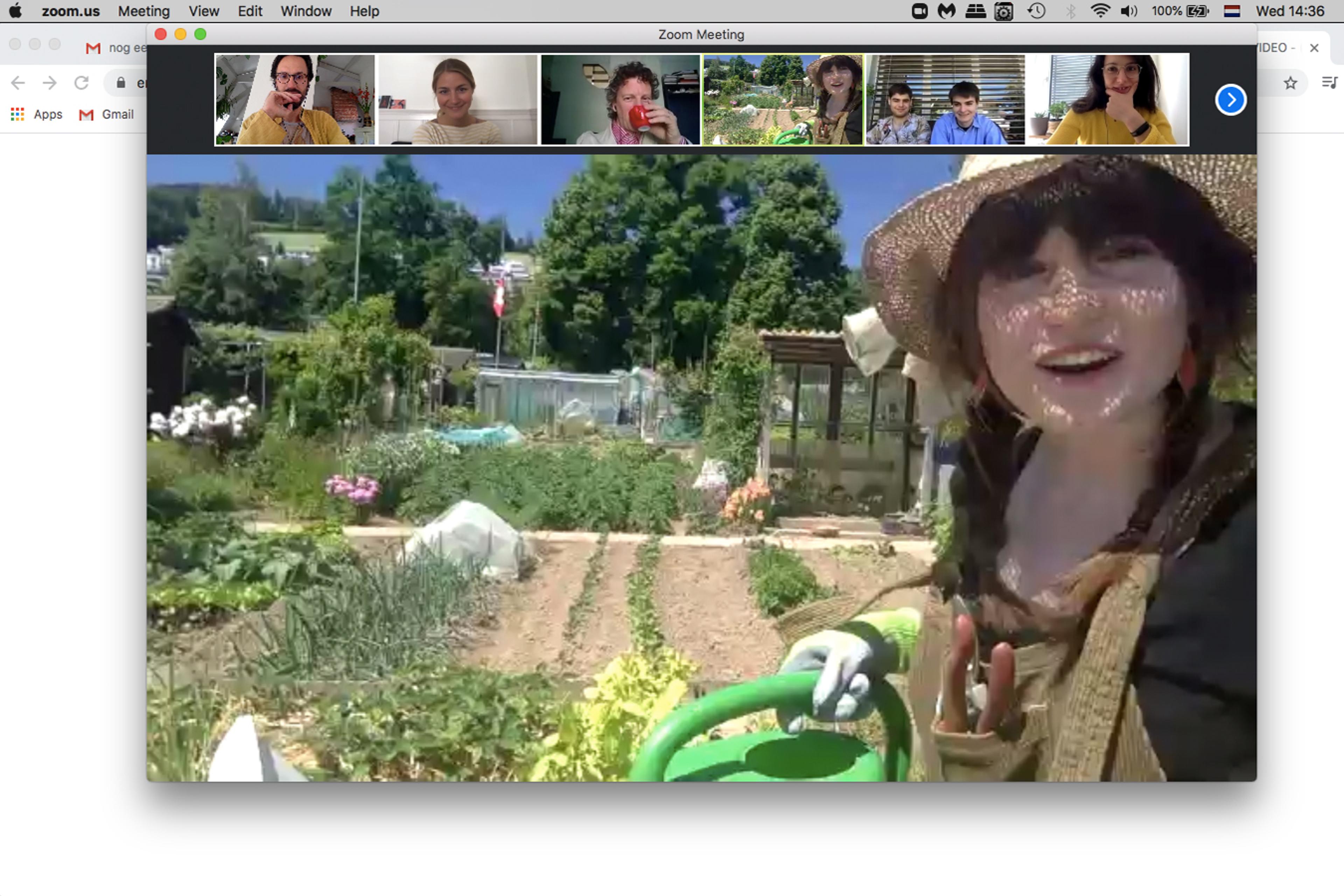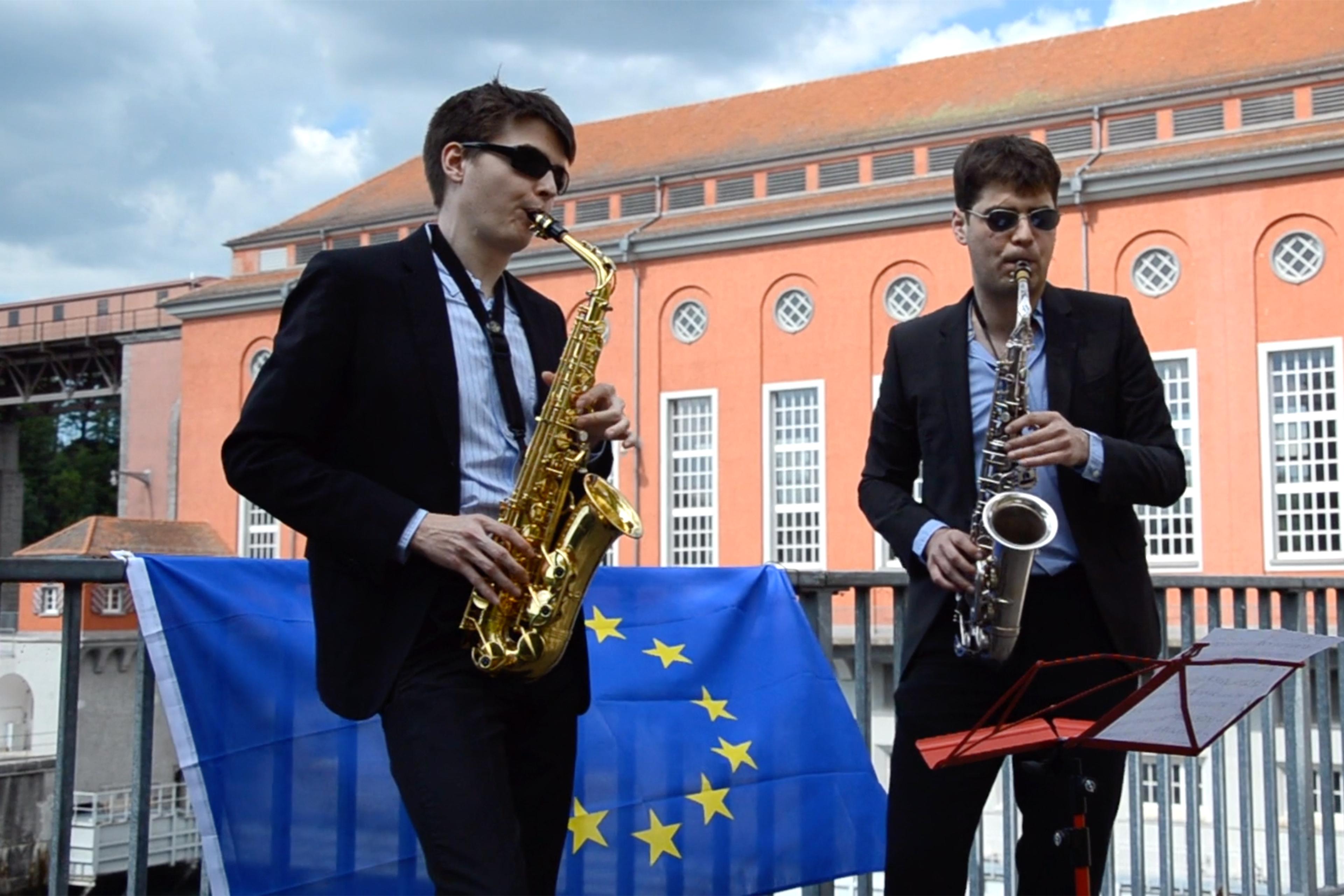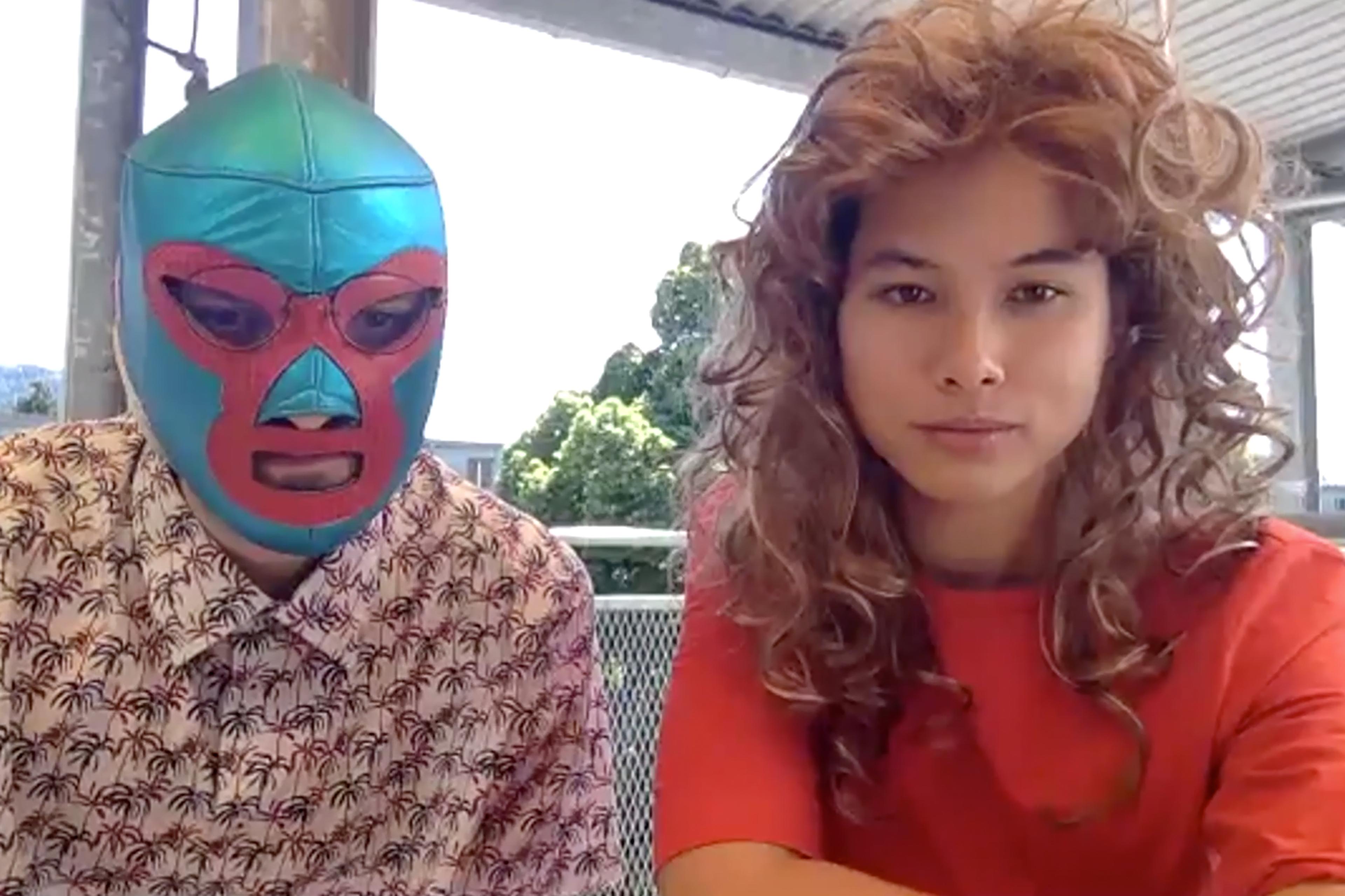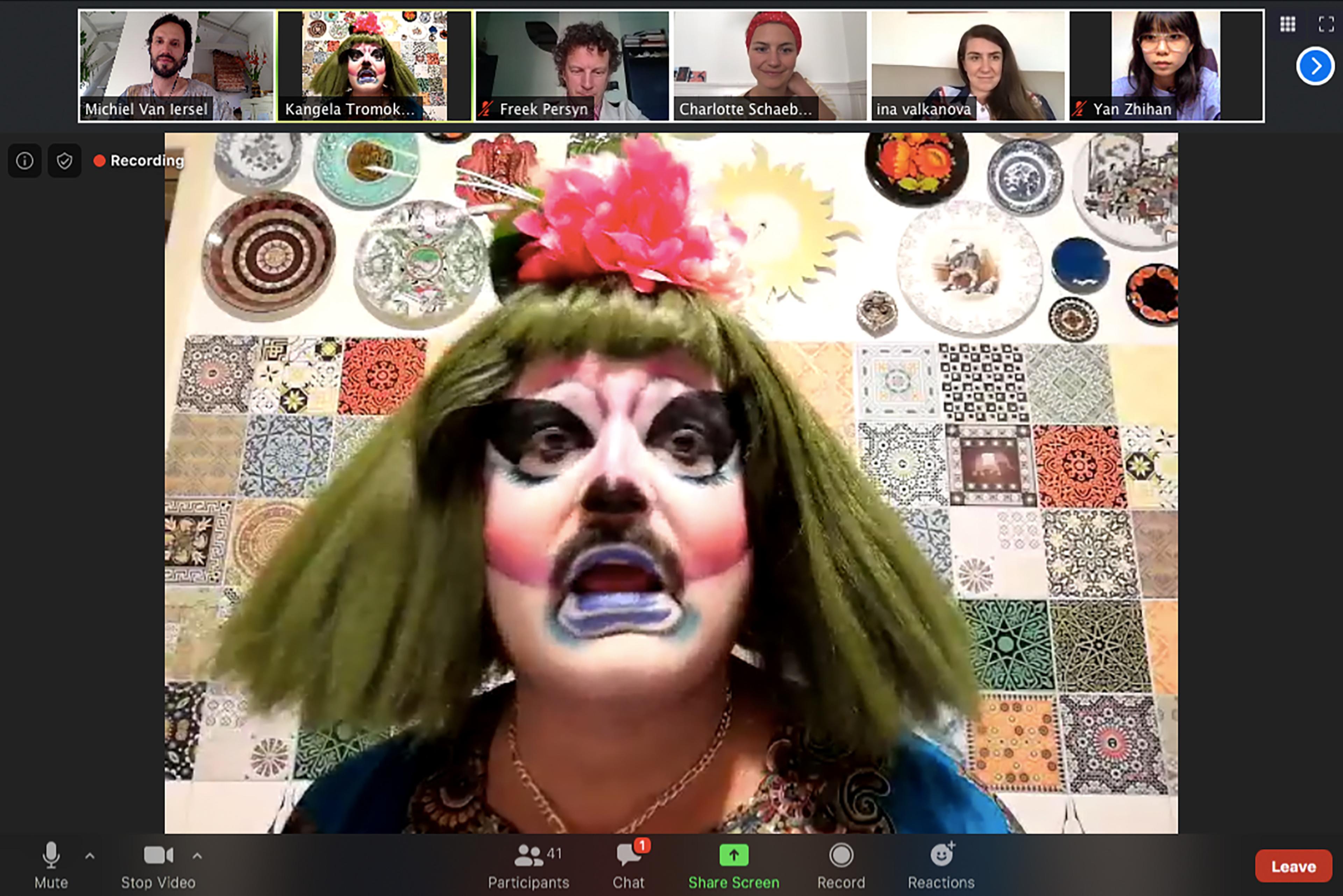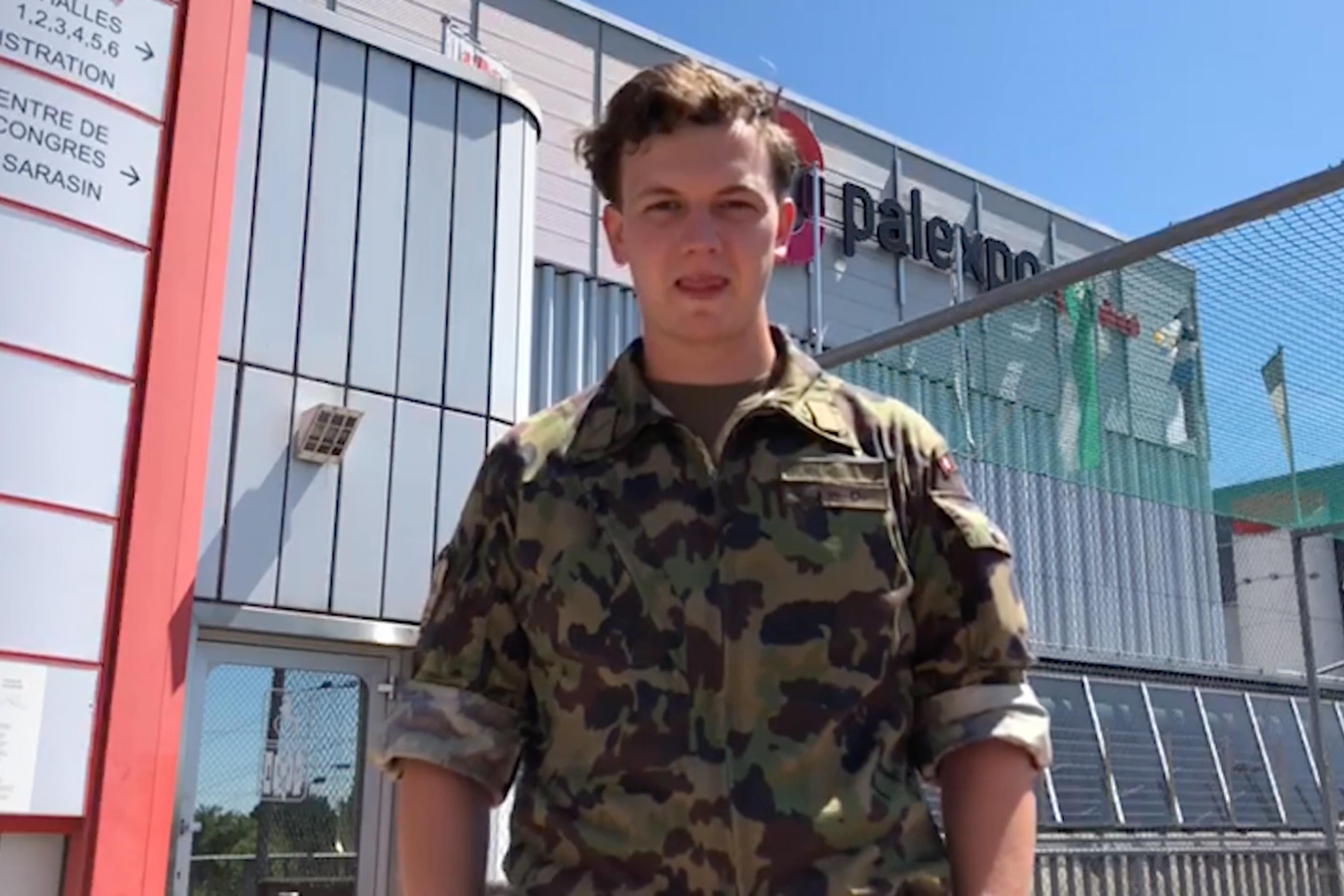Studio Piraeus – Urban Ecotones
Introduction
The Spring 2020 design studio centered around the port of Piraeus and surrounding areas along the Greek coast. The studio focused on the relationship between the city and its port, and between local needs and global developments. Students were asked to investigate new ways to create the right (spatial) conditions for coexistence in a place that has to meet not only different demands of production, tourism, public space or ecology, but also culturally different basic ideas of urbanity.
In 2017, state-owned Chinese shipping company COSCO gained majority shares over the port of Piraeus with the ambition to turn the port into a central hub as part of China’s Belt and Road Initiative, a growing global trade network that stretches from East China to South America. We learned about this major development during our Seminar Week in 2019, during which we visited Athens with a group of students and met with local architects, policymakers, activists and others. One of them was Nikos Belavilas, Associate Professor at the National Technical University of Athens, who showed us around the port of Piraeus and sparked our interest in the complex interplay between local and global developments.

Migrant families living in temporary housing units right in front of the container terminal in Perama, next to Piraeus, which is majority-owned and operated by Chinese shipping company COSCO. (Photo: Maxime Delvaux)
Context
Due to its historical and geopolitical relevance, situated at the nexus of major flows of people and goods between Europe and the Middle East, we see in Piraeus many of the paradoxes and potentials of what we call Newrope. Positioned at the crossroads of economic, political, social and cultural developments, Piraeus can serve as a cautionary tale of a city, and a continent, that is slowly torn by diverging global and local forces.
Piraeus is mostly known as the port of Athens. However, with a population of more than 160,000 people it is the 5th largest municipality in Greece and a community and destination in and of itself. Many of the inhabitants of Piraeus and surrounding towns are directly or indirectly dependent on the port for their livelihood. In 2017, state-owned Chinese shipping company COSCO gained majority shares over the port of Piraeus with the ambition to turn the port into a central hub in a growing global trade network that stretches from East China to South America. Faced with an influx of refugees and foreign investment, rising water levels and periods of severe drought, the coastal city and its diverse communities provide a critical context for architecture students to learn, experiment and generate ideas and design proposals for new and more sustainable forms of cohabitation.
Start of studio
The studio started in February 2020 and was structured in four cycles (Positioning, Collective Design, Collective Form and Vernissage). Moving beyond binaries and blurring the boundaries between ‘us’ and ‘them’, we invited the students to join us to develop concrete interventions that bring people with conflicting views and interests into dialogue to help create the conditions for co-creation and -habitation in Piraeus. Working in small groups, they defined their own focus and ways of working and expressing their project. The studio consisted of a series of smaller and bigger online workshops and Design in Dialogue sessions. Students received input from others, and shifted between roles and positions, before they started developing the collective output which is presented here.

Diagram: as part of the Positioning phase, students had to indicate where they currently are and eventually would like to end up on a spectrum of small to large scale developments and from a purely theoretical to a completely practical approach.
Field trip
In February we visited Piraeus during a 4-day field trip. We stayed in Chatzikiriakio, a neighborhood next to the port of Piraeus, walked along the Mediterrenean coast from Palaio Faliro in Athens via Kastella and Drapetsona to the Ferry Port of Perrama. Along the way we met with activists, scholars, politicians, entrepreneurs and many others. We heard about the financial crisis, the shortage of affordable housing, Chinese shipping company COSCO's involvement in the port and the arrival of galleries and foreign companies in Kopi. And we learned about the waves of refugees reaching the city. the lack of green public spaces and the needs of the people who call Piraeus their home.
Covid
Shortly after the field trip to Piraeus in February 2020, the studio was abruptly interrupted by the Covid-19 crisis, forcing all of us to move all of our interactions online. Despite the radically reduced mobility, which hampered the students' ability to collaborate, new forms of communication and co-creation were quickly established and the studio continued largely in cyberspace. The Covid-19 pandemic forced the students and studio team members to self-isolate. We made a summary of the steps that the Chair of Architecture and Urban Transformation has taken in the course of the studio to secure a smooth transition from face-to-face to only teaching, while keeping the idea of co-creation and design in dialogue at the core of our shared endeavour. How can we still create together - and get closer to Piraeus - in times of social distancing?
Read the D-ARCH REMOTE blog text here
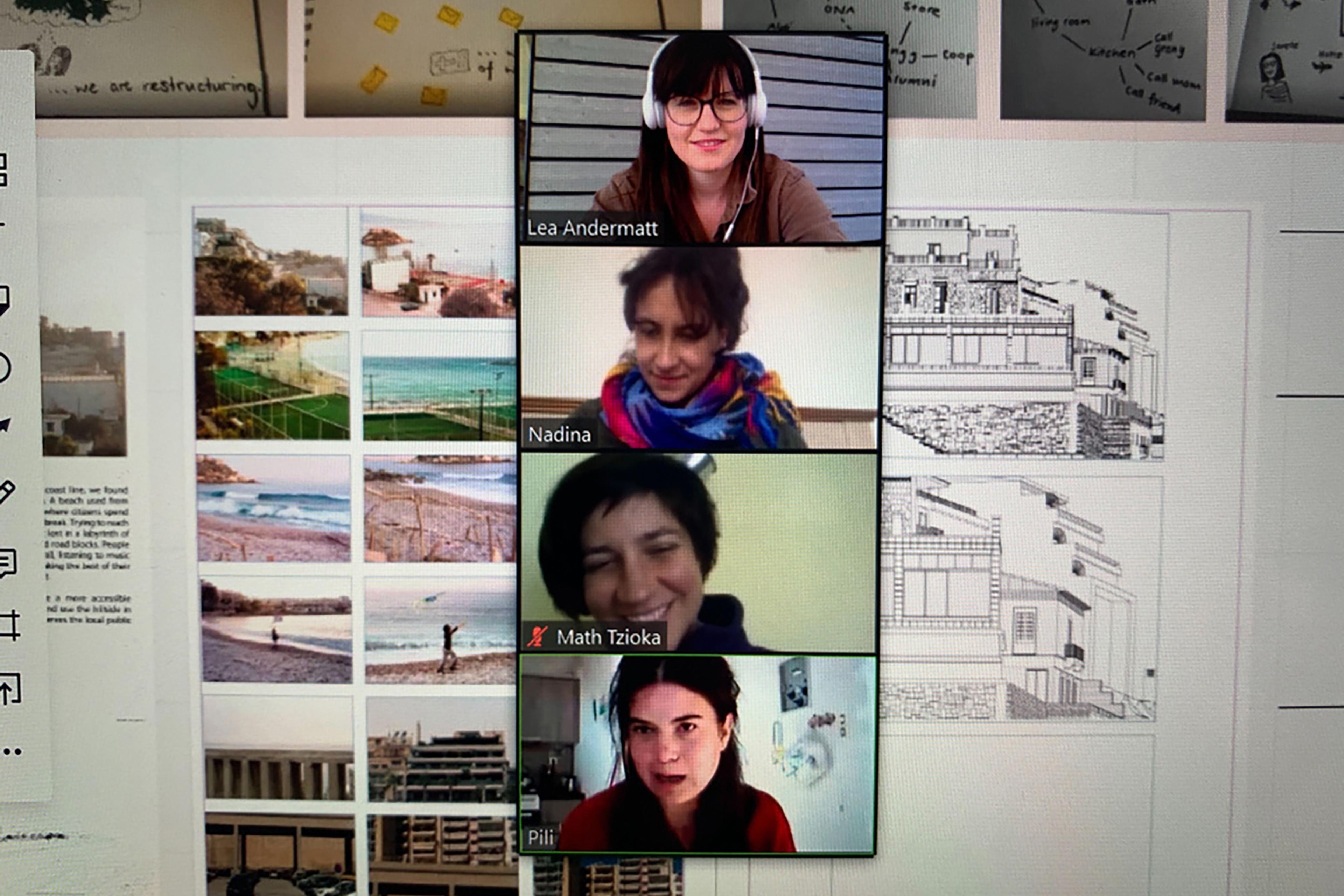
Student work
Despite the isolation and distance, students managed to develop ideas and concrete design proposals in close collaboration with people we met and for the places we visited in Piraeus. By looking at Piraeus from different perspectives and across scales, in close collaboration with locals, we tried to embrace the rich diversity and ‘messy vitality’ of this contested city and reconcile some of its contradictions. The proposals range from large-scale developments to small-scale ‘bottom-up’ initiatives and from speculative infrastructural projects to concrete architectural interventions, business proposals and public campaigns. You will find all projects here
Final presentation
During the final Design in Dialogue session of Studio Piraeus, this online event turned into a physical parade of projects: in order to overcome the two-dimensionality and rigid frame of digital communication platforms such as Zoom and Skype, students were asked to project their proposals for Piraeus onto their own surroundings: from a student dorm in Zürich to a military service camp in Geneva and the dark streets of nocturnal Sydney, the hometown of one of the students. While some where using their garden to talk about ecological issues, others filmed their neighbourhood to show forms of spatial and social co-existence or reflect on the impact of foreign investments on the housing market. This session transformed us all, internally and externally. It was accompanied by Angel, who joined us from Athens and in the course of the presentation, transformed into Kangela, and back to Angel again. This real-time metamorphosis served as a powerful metaphor for the transformative experience of the students and for Piraeus' ever-changing nature.
Credits
[Date] Spring 2020
[Place] Piraeus, Greece
[Students] Sogol Amuzegar, Lea Andermatt, Leon Beck, Leon Dähler, Andreas Dietschweiler, Nadina Dollie, Tobias Etter, German Kiyyan, Sina Lengerer, Maurizio Mätzler, Clara Peter, Théophile Ray, Nicolas Rolle, Angela Roth, Timothy Schärer, Ekaterina Scholz, Emily Tobler, Janelle Woo
[Studio team] Joël Berger, Seppe De Blust, Lukas Fink, Falma Fshazi, Evelyne Gordon, Michiel van Iersel, Moritz Köhler, Freek Persyn, Meghan Rolvien, Charlotte Schaeben, Ina Valkanova
[Contributors] Panos Antoniadis, Nikos Belavilas, Ifigeneia Dimitrakou, Anastasia Frantzeskaki, Giorgos Gogos, L200, Kim Nørgaard Helmersen, Themistoklis Kalogerakos, Eirini Kasoumi, Nicholas Karachalis. Alison Killing, Angel Landonidis, Nikos Magouliotis, Željko Medved, Eleni Myrivili, Anastasia Nechalioti, Eleni Papadaki, Theodora Papamichail, Ben Pohl, Jan Silberberger, Angel Torticollis, Jonas Trittmann, Apostolis Tsikas, Kangela Tromokratisch, Maria-Athina Tzioka, Pili Vassiliou and many others.
